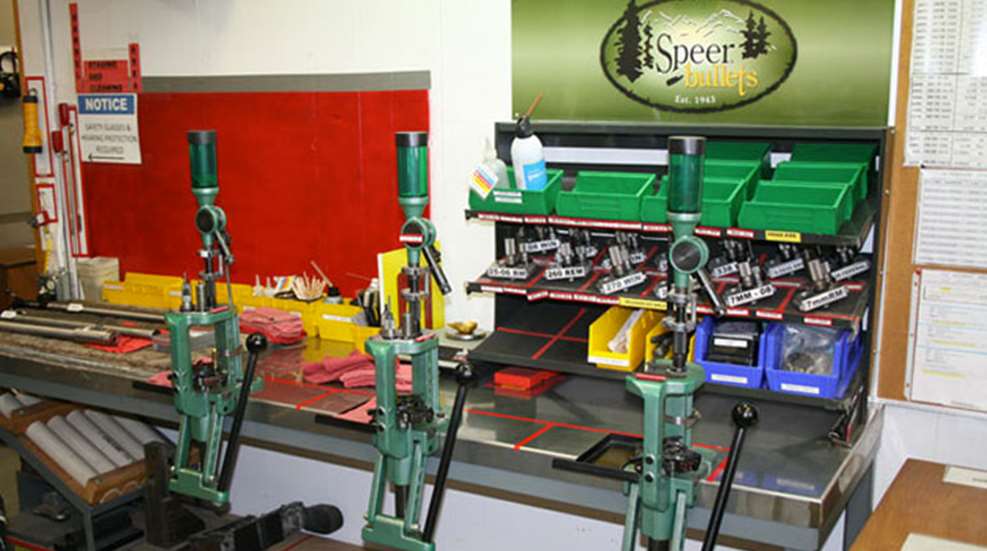
Speer bullets are being reorganized, and a new projectile is set to replace at least one of its hallmark offerings.

Speer bullets are being reorganized, and a new projectile is set to replace at least one of its hallmark offerings.